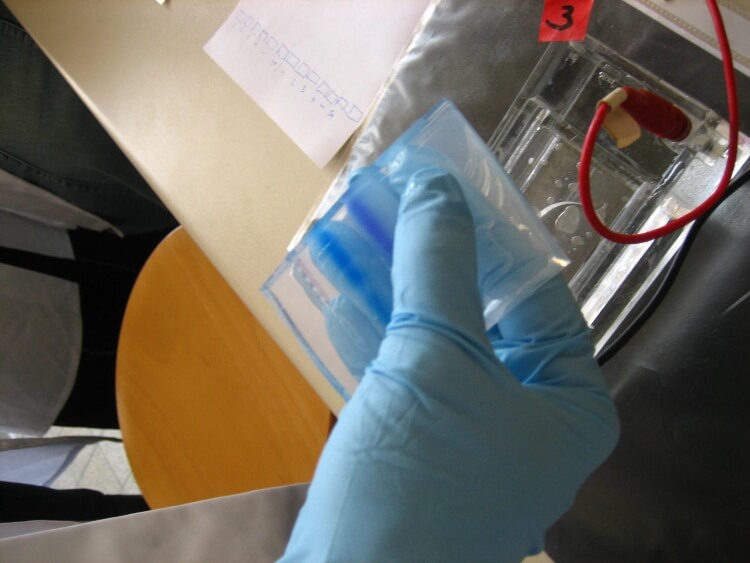2h
Human IgG(Immunoglobulin G) ELISA Kit
Human IgG(Immunoglobulin G) ELISA Kit
IgG
100ug/mL
0.51ug/mL
1.23-100ug/mL
Competitive Inhibition
Infection immunity;Immune molecule;Hematology;
ELISA Enzyme-linked immunosorbent assays Code 90320007 SNOMED
Immunoglobulin gamma, IgG, mouse monoclonal H&L chain clones or rabbit, goat polyclonal antibodies have 4 parts. There are 2 heavy chains, 2 light chains. The IgG antibody has 2 antigen binding sites. They represent 70% or more of serum antibodies. This antibody can be antigen purified or protein A or G purified. For storage sodium azide is added or you can call us to request azide free antibody preparations. These will need colder storage temperatures.
E05 478 566 350 170 or Enzyme-Linked Immunosorbent Assays,E05 478 566 350 170 or Enzyme-Linked Immunosorbent Assays,Human proteins, cDNA and human recombinants are used in human reactive ELISA kits and to produce anti-human mono and polyclonal antibodies. Modern humans (Homo sapiens, primarily ssp. Homo sapiens sapiens). Depending on the epitopes used human ELISA kits can be cross reactive to many other species. Mainly analyzed are human serum, plasma, urine, saliva, human cell culture supernatants and biological samples.
This assay employs the competitive inhibition enzyme immunoassay technique. A monoclonal antibody specific to Immunoglobulin G (IgG) has been pre-coated onto a microplate. A competitive inhibition reaction is launched between biotin labeled Immunoglobulin G (IgG) and unlabeled Immunoglobulin G (IgG) (Standards or samples) with the pre-coated antibody specific to Immunoglobulin G (IgG). After incubation the unbound conjugate is washed off. Next, avidin conjugated to Horseradish Peroxidase (HRP) is added to each microplate well and incubated. The amount of bound HRP conjugate is reverse proportional to the concentration of Immunoglobulin G (IgG) in the sample. After addition of the substrate solution, the intensity of color developed is reverse proportional to the concentration of Immunoglobulin G (IgG) in the sample.
